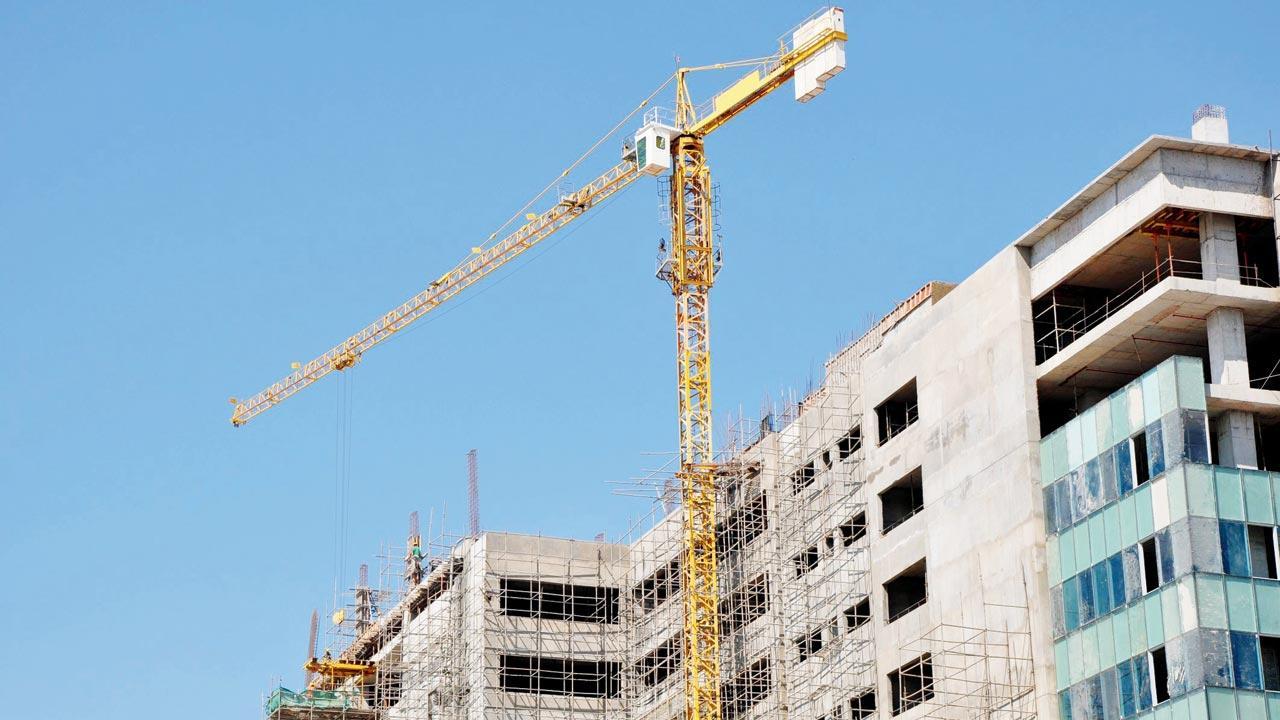City lost 81 per cent of open land and 40 per cent of forests in 27 years; as average temperature rises by 2 degrees Celsius, researchers suggest rooftop gardens among other measures

Concrete, steel and glass do not let the heat escape, says the study
Thirty-five feels like forty-five. This description of Mumbai’s weather is the fallout of rampant urbanisation and fast-depleting green cover in the past three decades, a new study has found. Rapid concretisation has meant that the intensity of heat felt in the city, which also has high humidity, is much severe. Between 1991 and 2018, Mumbai has lost about 81 per cent of its open land and 40 per cent of forests and scrublands, said the study conducted by three universities.
As towers continue to rise in every nook and corner, the city has also lost about 30 per cent of its water bodies in the past 27 years and built-up area has swelled by 66 per cent. During this time, the average temperature has risen from 34.08 degrees Celsius to 36.28 degrees.
The study—Urban Heat Island Dynamics in Response to Land-Use/Land-Cover Change in the Coastal City of Mumbai—by Jamia Millia Islamia University, Osmania University and Aligarh Muslim University has been published in the peer-reviewed Springer Journal of the Indian Society of Remote Sensing. It says the ‘urban heath island’ will intensify in the years to come.
Professor Atiqur Rahman from the Department of Geography, Faculty of Natural Sciences at Jamia, said materials like concrete do not let heat escape, making the days sizzling.
“This will not only deteriorate the urban thermal environment but also increase the serious risks to health for city dwellers,” he said.
The researchers used satellite images of NASA Landsat to study the rapid changes in Mumbai’s landscape, spread over 603 sq km.
Shahfahad, a senior research fellow at Jamia’s Department of Geography and the lead author of the study, said, “We found that rapid uncontrolled urbanisation over the past 5-6 decades attracted a large population by providing better economic opportunities.”
How to beat the heat
The authors said urban planners and policymakers must promote urban greening at micro or wards or mohalla level and rooftop terrace gardening. Use of glass in high-rises must be discouraged, they said.
The use of geospatial techniques can be effective in the identification and protection of green spaces and water bodies, said Shahfahad. Prof Rahman said the mortality rate has increased in several cities of Europe and North America due to uncontrolled urbanisation.
The authors have suggested that authorities follow the recommendations of the World Health Organization, which has set a minimum limit of per capita green space in urban areas—9 sq mts—for healthy living. As per the European Union, the figure is 26 sq mts.
Experts’ take
According to Dr. (Architect) Roshni Udyavar Yehuda, president of Institute of Environmental Architecture and Research, said that development in Mumbai has predominantly been focussed on built space and floor space index (FSI). “Parking for 4-wheelers along with road space and mobility infrastructure such as flyovers, are given priority even when the majority of city dwellers use public transportation. Naturally, open spaces, green spaces and softscapes are on the decline. The city’s development plan must consider the heat island phenomenon,” she said. More trees on the roadside, gardens and softscapes, and green cover shading over parking areas can help counter such effects in Mumbai. Providing incentives for rooftop gardens, cool roofs (using high reflective paints) and urban farming on rooftops can also reduce the intensity of heat, she said.
Akshay Deoras, an independent meteorologist and PhD student at the University of Reading, said the effect of heat hits the urban poor hard as affluent people have access to ACs. He said the discomfort in Mumbai due to the heat island effect is often amplified by high humidity.
“There is a need for a city cooling plan that factors in such impacts at the earliest as well as warnings and advisories in terms of heat stress for people to realise the impacts.” He added, “The early symptoms of heat exhaustion are often ignored by Mumbaikars due to the general mindset of living in a tropical humid region.”
30 per cent
Loss in Mumbai’s water bodies between 1991-2018
 Subscribe today by clicking the link and stay updated with the latest news!" Click here!
Subscribe today by clicking the link and stay updated with the latest news!" Click here!










